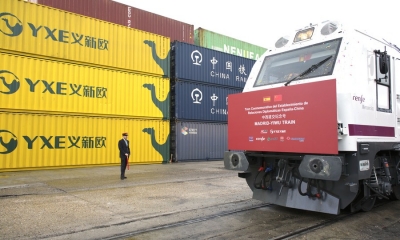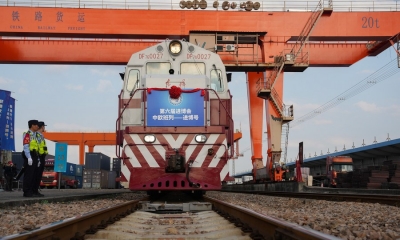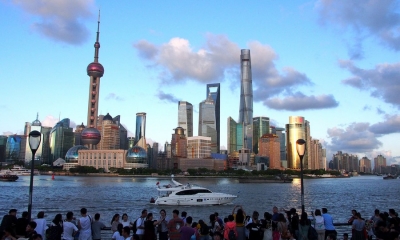CPEC Is a Common Vision for Development
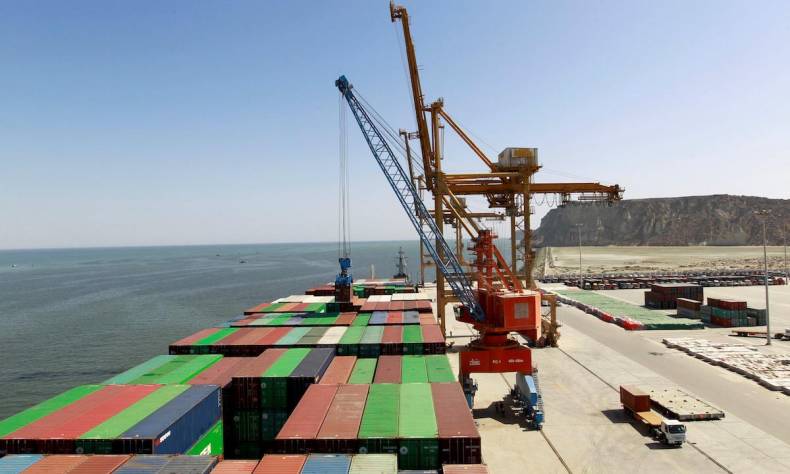
Pakistan’s bilateral trade with China has also continued to grow year upon year. On this premise, no short-term disruptions can unhinge the long-term vision of the CPEC, which is jointly embraced by both countries.
Following a terrorist attack on a bus that killed nine Chinese and four Pakistani nationals working on a hydroelectric dam project, speculation and rumors emerged to create misunderstanding between the two countries.
China and Pakistan have been intensifying their political vision and will to push ahead with construction of the China-Pakistan Economic Corridor (CPEC), a grand project often called the “spine” of the Belt and Road Initiative (BRI).
Vital to the economic and strategic future of Pakistan, CPEC’s vision is to connect Central Eurasia to the Indian Ocean, transforming the country into a conduit of commerce and trade. It aims to do so through the vast construction of infrastructure, including roads, railways and energy.
China’s diplomatic relationship with Pakistan is one that is deep set. Despite different ideological and cultural backgrounds, Islamabad is often touted as the “Iron Brother” of China having facilitated a warm 70-year friendship that has been built on the common values of post-colonial and global south solidarity, as well as a common respect for national sovereignty and territorial integrity.
This has allowed both nations to bridge this gap and harbor a common set of geopolitical interests, recently strengthened by the tilt of India towards the United States and the harboring of hostility towards China.
In addition, Pakistan has the potential to be one of the global economic powerhouses of the future, and is well positioned to do geographically. Although often perceived by the world as a poor country, Pakistan has enormous economic potential with a population of over 216 million largely youthful.
This translates to a potential labor force and a future consumer market. Although it has faced challenges with political unity and stability, there is nonetheless the potential for rapid development, which will bring stability as growth is facilitated.
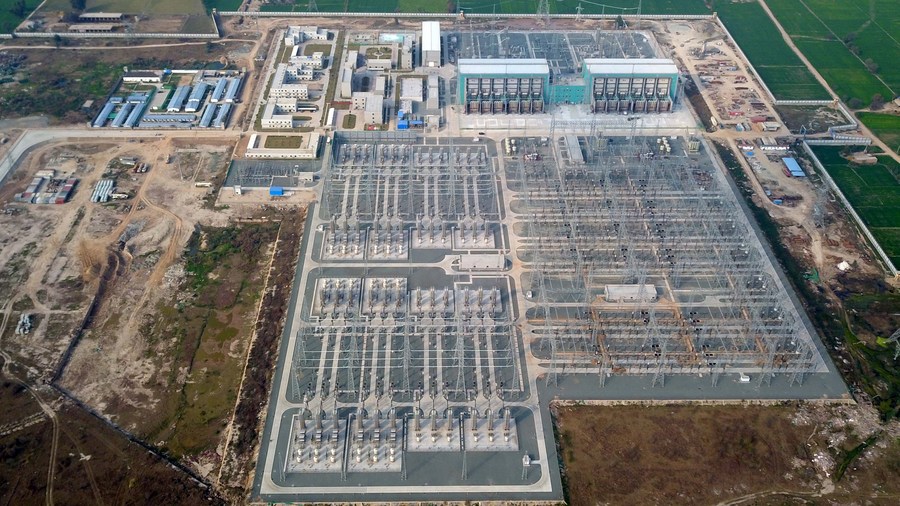
Sitting between the Middle East and the Red Sea, the Indian Ocean, as well as Central and Eastern Eurasia, Pakistan is likewise a bridge between continents and therefore is best positioned to be a “silk road” route than any other country. This also provides ample economic opportunity for China’s western regions.
As a result, the CPEC is designed to facilitate the rapid economic transformation of Pakistan by making it capable of harnessing an enormous manufacturing productivity and logistical capabilities, ending the nation’s cycle of poverty.
It is described by the Pakistani government as a “growth axis and a development belt featuring complementary advantages, collaboration, mutual benefits and common prosperity.”
As an example of the work the CPEC is undertaking, in late June, an electricity transmission line upgrading the country’s national grid, which was financed and built by the State Grid Corporation of China, was launched. It could be a gamechanger which will end the country’s traditional electricity shortages.
This goes alongside the creation of other critical infrastructure, such as Gwadar Port, Lahore Metro opened in 2020 and Sukkur-Multan Motorway. The Chinese smartphone maker Xiaomi is reportedly setting up a plant in Pakistan to assemble its products, showing how the business environment is becoming more attractive as infrastructure improves.
Pakistan’s bilateral trade with China has also continued to grow year upon year. On this premise, no short-term disruptions can unhinge the long-term vision of the CPEC, which is jointly embraced by both countries.
This is their vision for the future, and it becomes ever more critically important for China, Pakistan and the global south as some countries endeavor to weaponize the global economy in the pursuit of hegemony in unhealthy ways.
 Facebook
Facebook
 Twitter
Twitter
 Linkedin
Linkedin
 Google +
Google +




